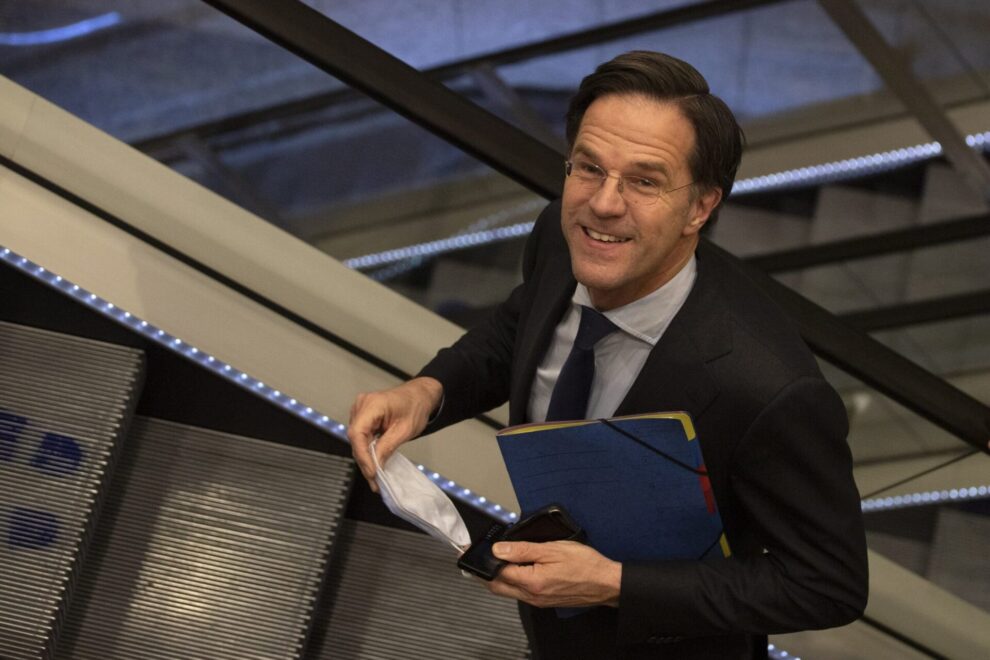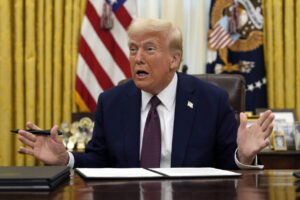Amsterdam, Copenhagen, (15/7 – 22)
The governing Dutch coalition led by Prime Minister Mark Rutte has been dissolved as a result of sharp differences in views among cabinet members in dealing with the hot potato of immigration, forcing a new election in the Kingdom of the Netherlands on Nov. 22, according to caretaker Interior Minister Hanke Bruins Slot and the General Election Commission (KPU) of the Netherlands.
Rutte, the longest-serving prime minister in Dutch history and one of Europe’s most seasoned politicians, admitted that frank debate within the four-party coalition government in recent days had nevertheless failed to hammer out a deal. “It’s no secret that the coalition partners have very contrasting views on migration policy,” he explained. It will be the first election since 2006 in which outgoing Prime Minister Mark Rutte will not be leading his conservative VVD party.
“It’s a shame we have to admit that those differences can no longer be bridged. I will thus immediately submit my resignation in writing to the His Majesty the King (of the Netherlands) on behalf of the government,” the 56-year-old Rutte admitted, in a Hague press conference carried live on television.
While awaiting the formation of a new government, Rutte will continue to lead a caretaker regime, but as a caretaker authority it lacks any authority to decide on new policies. Rutte assured the public this will not affect Dutch support for Ukraine in their war against Russia.
For Rutte, known at home by the nickname “Teflon Mark”, the recently-dissolved government is the fourth he has headed since he took office in 2010. This unflattering nickname refers to his slippery skill of sliding through political blockages, like non-stick Teflon.
Various scandals failed to impede his political activism. When he succeeded in forming the current government in January 2022, later dubbed “Rutte IV”, he succeeded in bridging diverging views on several issues, following 271 days of negotiations.
Regarding the upcoming government, Rutte stated that he still has the “energy” to run again for a fifth term. He will, however, contemplate the matter carefully before making a decision. Other major parties will also have new leaders, as Finance Minister Sigrid Kaag and Foreign Minister Wopke Hoekstra have declared that they do not intend to run in the elections.
In recent years, the Netherlands has suffered deep divisions in political attitudes. In addition to internal divisions in the recently-dissolved government, pressure has also emerged from party groups of farmers and anti-immigrant populist figures.
Last year the number of asylum seekers in the Netherlands jumped by a third over that of the previous year, to more than 46,000 people. The Dutch government admits that this year that number could shoot up again, to more than 70,000 – a figure greater than the number entering the Netherlands when Europe was flooded with refugees in 2015.
Rutte is also pushing for the European Union to set hard curbs on the entry of immigrants into the bloc of 27 member countries. Last month, together with colleagues from Italy and the European Commission, he visited Tunisia and offered more than 1 billion euros in aid to improve the country’s economy, in the hope of staunching the flow of immigrants from Tunisia to Europe.










